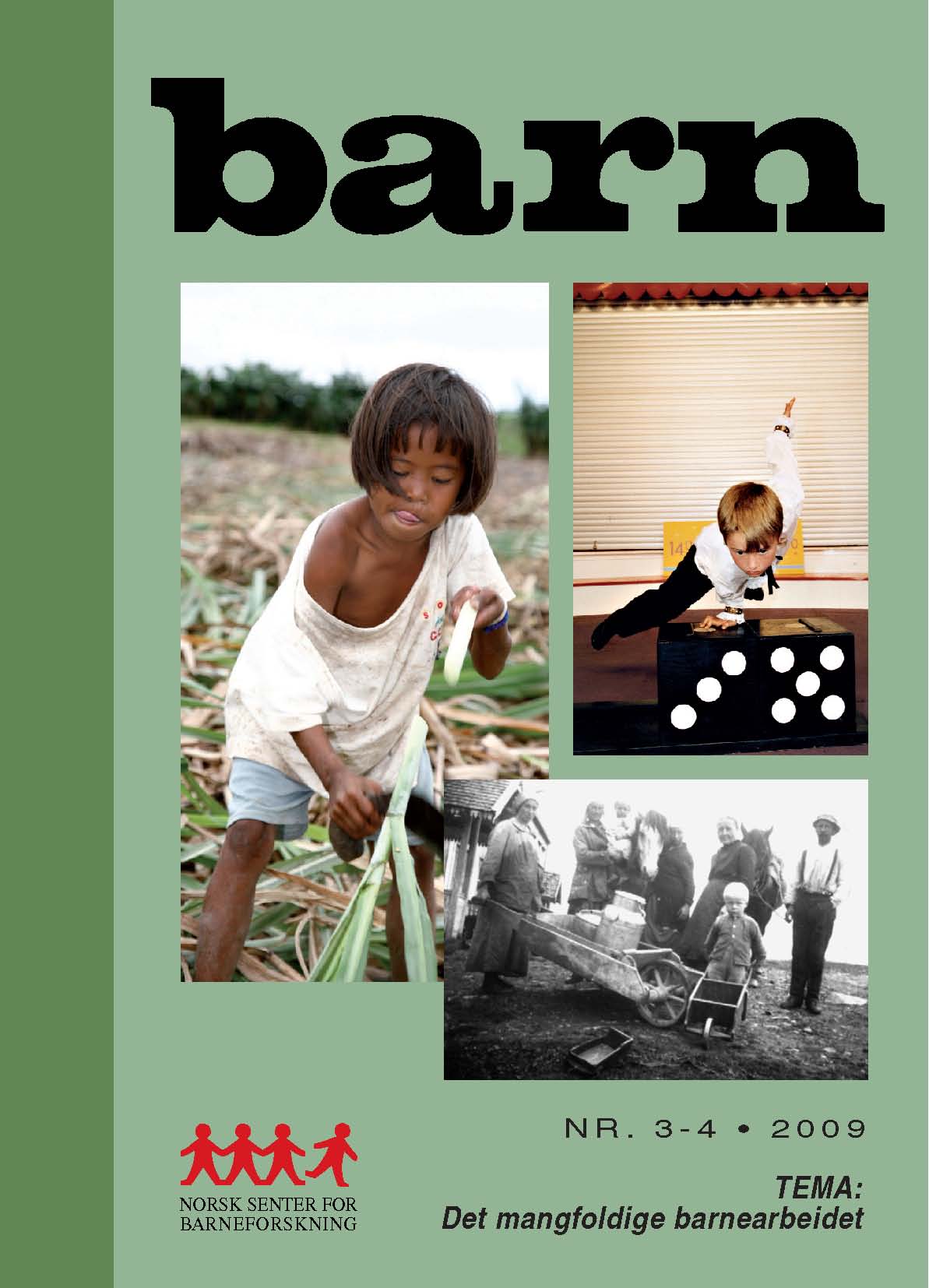Working Children in Iceland: Policy and the labour market
Abstract
This article examines the labour market participation of Icelandic children and legislation on child labour. The focal point of the article is to investigate the participation of Icelandic children and youth in paid work from a historical perspective by presenting an overview of the studies conducted on the issue. The results show that Icelandic children, especially from age 13 participate in paid work both along school and, in particular, during the relatively long summer holidays. Girls work more than boys. The results also indicate the need of comparative research, in order to answer the question of whether Icelandic discourse on exceptionally economically active children is based on reality or myth. When the economic crisis hit Iceland autumn 2008 one of the issues discussed publicly was the expectation that there would be a lack of work opportunities for children during the summer. To what degree the economic crisis affects children in comparison with other age groups in the labour market is still to be seen.
Full text
Published
How to Cite
Issue
Section
License
Copyright (c) 2021 Guðný Björk Eydal, Guðbjörg Linda Rafnsdóttir, Margrét Einarsdóttir

This work is licensed under a Creative Commons Attribution 4.0 International License.


